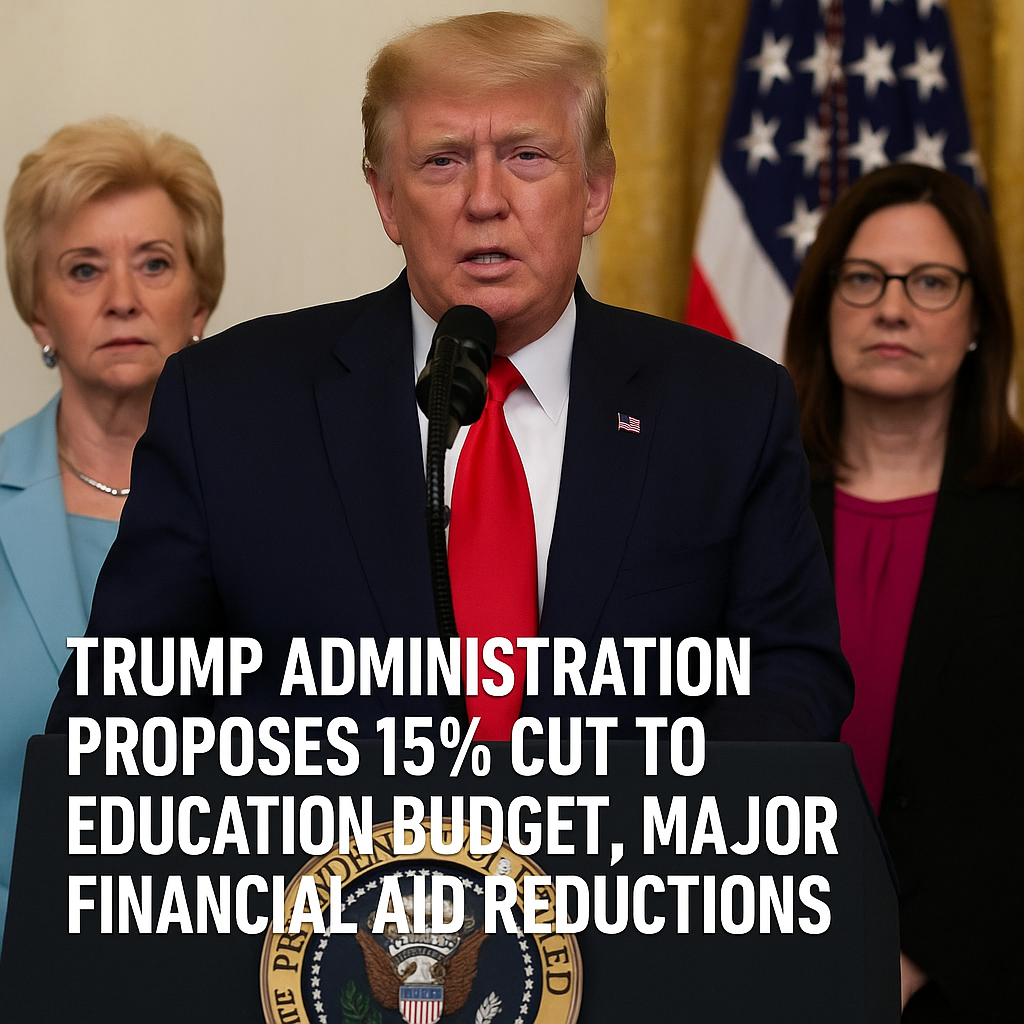The Trump administration has announced a new fiscal year 2026 budget plan that would slash funding for the U.S. Department of Education by 15%. The proposal, revealed on June 2, builds on earlier budget suggestions and seeks deep cuts to several federal financial aid programs that serve low-income students.
Among the most significant changes:
-
The maximum Federal Pell Grant award — a key source of funding for low-income undergraduates — would be reduced by 23%, lowering the cap from $7,395 to $5,710.
-
Funding for the Federal Work-Study program would be slashed by 80%, forcing employers to cover 75% of student wages, while federal support would fall to just 25%.
-
The TRIO and GEAR UP programs, which provide vital support to about 1.45 million disadvantaged students preparing for college, would be entirely eliminated.
Melanie Storey, head of the National Association of Student Financial Aid Administrators, cautioned that these cuts would undo decades of progress under the Higher Education Act and severely harm students striving for a college education. She stressed that Pell Grants, in particular, have long been supported across party lines, even during times of intense political division.
Defending the proposal, Education Secretary Linda McMahon said the plan reflects a mission to shift federal spending toward education initiatives that deliver proven results. She argued that despite large investments, the nation’s education system has failed to achieve the desired improvements in student outcomes.
This budget plan is part of former President Trump’s broader efforts to downsize or eliminate the Department of Education. Earlier this year, he proposed halving the department’s workforce and signed an executive order aimed at dissolving the agency — though such a move would require congressional approval.
It remains unclear how these proposed cuts would affect schools like the University of Pennsylvania, which received nearly $30 million in federal education funding in fiscal year 2024. The final impact will depend on Congress’s response to the plan.




